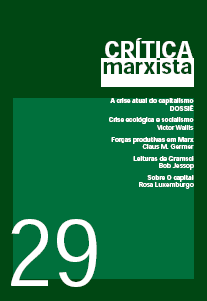Abstract
The canvas of the Jeu de Paume (Tennis Court) Oath is a non-painting and a synthesis-form of modernity. Commissioned by the Assembly (1790) to the painter David, the canvas would celebrate the event in which the Third Estate deputies opposed a resolution
by the king and decided to write a constitution. The project however did not come to fruition, in spite of its “great and sublime” importance, and of the painter’s inventiveness, who managed to express the theme’s novelty in an innovatory manner, as it is shown by the drawing presented in the 1791 Salon. Its political foundation had vanished and the picture had lost its raison d’être, as David announced in September 1792. Does that settle the matter? No. The non-painting, as the drawing’s negative, is now inseparable from it. Two sides of one and the same coin, both tell of a promise drawn and of its negation – of a modernity unfolded in its other.
References
MARTINS, Luiz Renato. O hemiciclo: imagem da forma-Nação. Crítica Marxista, Campinas, SP, v. 16, n. 29, p. 123–133, 2009. https://doi.org/10.53000/cma.v16i29.19402

This work is licensed under a Creative Commons Attribution 4.0 International License.
Copyright (c) 2009 Luiz Renato Martins
